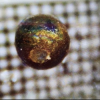Pioneering NASA Satellite: What Happened With It after 2 Decades in Space?1
- Featured Articles, Science & Technology, Space
- May 29, 2018
After more than 20 years of serving its course on the pace, the satellite caved in on April 30, 2018.

After more than 20 years of serving its course on the pace, the satellite caved in on April 30, 2018.
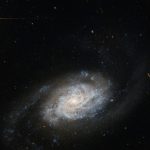
It must have started somewhere.
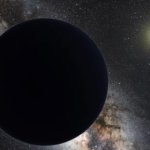
Where is Planet 9? An asteroid might have given us a clue.

Outlines of a House, Church and Graveyard, Helmet and Statue of a Giant Frog.
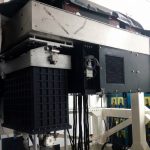
A new type of camera developed by U.S. researchers will allow astronomers to directly image planets around nearby stars in the search for another Earth.

What do we have if a world-ending asteroid is heading straight for us?

NASA’s MarCO-B spacecraft — one of two CubeSats accompanying the space agency’s Interior Exploration using Seismic Investigations, Geodesy and Heat Transport (InSight) lander — used a fisheye camera to snap its first photo on May 9, 2018.

Questions about whether other universes might exist as part of a larger Multiverse, and if they could harbor life, are burning issues in modern cosmology. Now, new research — published in two papers in the Monthly Notices of the Royal Astronomical Society — has shown that life could potentially be common throughout the Multiverse, if it exists; and the key to this is dark energy, a form of energy that naturally permeates all space and tends to increase the rate of expansion of the Universe.
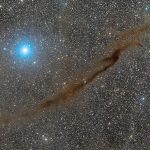
Its newfound shape could explain why the structure is missing stars

Nasa’s Galileo spacecraft flew through a giant plume of water that erupted from the icy surface of Europa, new analysis shows



